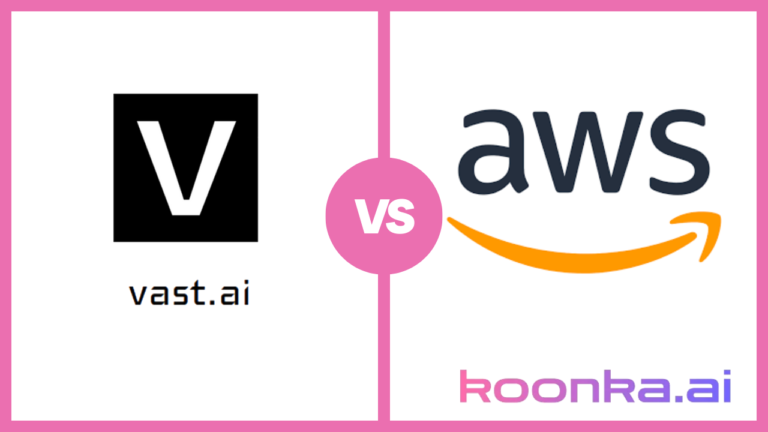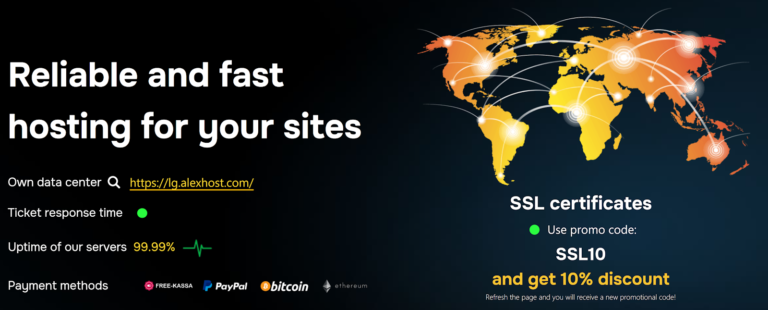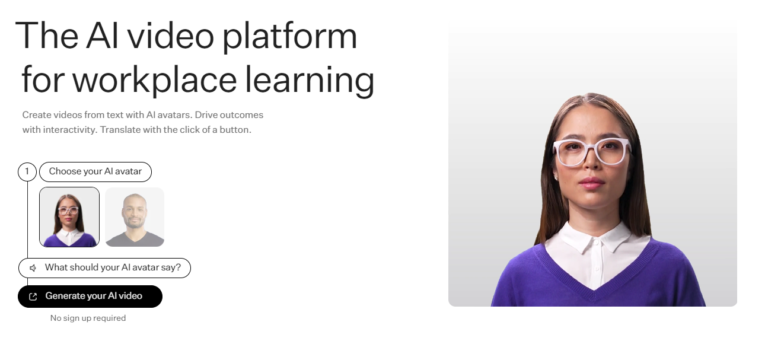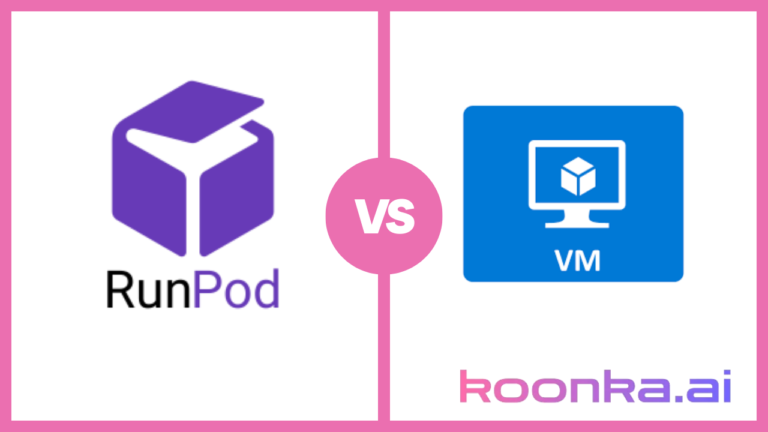Nebius vs AWS EC2: Pricing, GPU Models, and Features Compared

Cloud GPUs are transforming how we tackle AI and compute-heavy projects. From training sophisticated AI models to handling demanding real-time tasks, the right cloud provider can make all the difference.
AWS is a giant in the cloud world, trusted for its EC2 instances and massive ecosystem. On the other hand, Nebius is the new kid on the block, but it’s making waves with its AI-first approach, featuring cutting-edge NVIDIA GPUs and competitive pricing.
The question is: can Nebius challenge a heavyweight like AWS? And what does this mean for your GPU-driven workloads? In this post, we’ll compare Nebius and AWS head-to-head, digging into their GPU offerings, costs, and features. Whether you’re sticking with the tried-and-true or exploring the new contender, we’ll help you make an informed choice.
Table of Contents
Nebius vs. AWS EC2: GPU Models and Pricing
AWS GPU Models

AWS offers a wide array of GPU instances tailored to various workloads, ranging from graphical rendering to high-performance machine learning (ML) and high-performance computing (HPC). Below is a breakdown of their most notable GPU instances:
Amazon EC2 G3 Instances
- GPU: NVIDIA Tesla M60 (8 GB GPU memory).
- Use Cases: Graphics-intensive applications like 3D rendering, video encoding, gaming, and virtual workstations.
- Specs and Pricing:
- g3s.xlarge: 1 GPU, 4 vCPUs, 30.5 GiB RAM, $0.75/hour (Linux, on-demand).
- g3.16xlarge: 4 GPUs, 64 vCPUs, 488 GiB RAM, $4.56/hour (Linux, on-demand).
Strength: Ideal for rendering and encoding.
Weakness: Outdated GPU model for ML tasks.
Amazon EC2 G4 Instances
- GPU Options:
- G4dn: NVIDIA T4 (16 GB GPU memory).
- G4ad: AMD Radeon Pro V520 (8 GB GPU memory).
- Specs and Pricing (G4dn):
- g4dn.xlarge: 1 GPU, 4 vCPUs, 16 GiB RAM, $0.526/hour (Linux, on-demand).
- g4dn.12xlarge: 4 GPUs, 48 vCPUs, 192 GiB RAM, $3.912/hour (Linux, on-demand).
- Specs and Pricing (G4ad):
- g4ad.xlarge: 1 GPU, 4 vCPUs, 16 GiB RAM, $0.379/hour (Linux, on-demand).
- g4ad.16xlarge: 4 GPUs, 64 vCPUs, 256 GiB RAM, $3.468/hour (Linux, on-demand).
Strength: Low-cost solutions for inference and moderate graphics workloads.
Weakness: Limited power for advanced ML training.
Amazon EC2 G5 Instances
- GPU: NVIDIA A10G Tensor Core (24 GB GPU memory).
- Use Cases: ML inference, graphics-intensive tasks.
- Specs and Pricing:
- g5.xlarge: 1 GPU, 4 vCPUs, 16 GiB RAM, $1.006/hour (Linux, on-demand).
- g5.48xlarge: 8 GPUs, 192 vCPUs, 768 GiB RAM, $16.288/hour (Linux, on-demand).
Strength: Better suited for small-to-mid scale ML tasks.
Weakness: Less optimal for cutting-edge ML training compared to newer GPUs.
Amazon EC2 P4 Instances
- GPU: NVIDIA A100 Tensor Core (40 GB or 80 GB GPU memory).
- Use Cases: Cutting-edge ML training, large-scale HPC.
- Specs and Pricing:
- p4d.24xlarge: 8 GPUs, 96 vCPUs, 1152 GiB RAM, $32.77/hour (Linux, on-demand).
Strength: High performance for ML training.
Weakness: High cost.
Amazon EC2 P5 Instances
- GPU: NVIDIA H100 Tensor Core (640 GB GPU memory).
- Use Cases: Advanced ML training, supercomputing.
- Specs and Pricing:
- p5.48xlarge: 8 GPUs, 192 vCPUs, 2 TiB RAM, $– (Preview).
Strength: Exceptional scalability with state-of-the-art performance.
Weakness: Availability and pricing still evolving.
Amazon EC2 G6 Instances
- GPU: NVIDIA L4 Tensor Core (24 GB GPU memory).
- Use Cases: ML inference, graphics workloads.
- Specs and Pricing:
- g6.xlarge: 1 GPU, 4 vCPUs, 16 GiB RAM, $0.805/hour (Linux, on-demand).
- g6.48xlarge: 8 GPUs, 192 vCPUs, 768 GiB RAM, $13.35/hour (Linux, on-demand).
Strength: Improved efficiency for mid-range ML and graphics tasks.
Weakness: Not as performant as A100 or H100 GPUs.
Nebius GPU Models

Nebius focuses on providing modern GPU solutions at competitive prices. Here’s an overview of their GPU offerings:
NVIDIA L40S
- Specs:
- Single GPU: 48 GB GPU memory, 32 GB RAM, 8 vCPUs, $1.55/hour (on-demand).
- Multi-GPU (8 GPUs): $12.40/hour (on-demand).
- Use Cases: Inference for generative AI models.
Strength: Affordable solution for inference.
Weakness: Lower VRAM compared to H100 or H200.
NVIDIA H100 Tensor Core
- Specs:
- Single GPU: 80 GB GPU memory, 200 GB RAM, 16 vCPUs, $2.95/hour (on-demand).
- Multi-GPU (8 GPUs): $23.60/hour (on-demand).
- Use Cases: AI training, inference, operational tasks.
Strength: Highly efficient for various ML tasks.
Weakness: Inferior to H200 in cutting-edge performance.
NVIDIA H200 Tensor Core
- Specs:
- Single GPU: 141 GB GPU memory, 200 GB RAM, 16 vCPUs, $3.50/hour (on-demand).
- Multi-GPU (8 GPUs): $28.00/hour (on-demand).
- Use Cases: Advanced ML training and HPC.
Strength: Superior speed and efficiency compared to the H100.
Weakness: Higher cost.
Save significantly with CUDO Compute’s cost-effective pricing, offering H100 GPUs starting at just $2.50 per hour. Sign up now!
Which one should you choose?
GPU Variety:
When choosing a cloud platform, the variety of GPUs available is critical for optimizing performance across diverse datasets and workloads. AWS stands out by offering an extensive selection of GPU instances, ranging from entry-level options for graphics rendering to powerful configurations tailored for ML workloads and training tasks. This flexibility makes AWS a preferred choice for data scientists, businesses, and general users needing specialized services.
Nebius, however, focuses exclusively on modern GPUs like H100, H200, and L40S, which are purpose-built for an AI-centric cloud platform. These GPUs deliver superior performance for compute-heavy tasks such as training machine learning models or managing complex datasets. This targeted approach ensures that Nebius remains a go-to option for enterprises with AI-intensive technologies and services.
For businesses aiming to process or store data efficiently while balancing performance and cost, both AWS and Nebius offer compelling solutions. AWS caters to a broader audience with its flexibility, while Nebius specializes in AI workloads, making it a niche but powerful choice. Understanding these offerings helps businesses make the right decision when selecting a cloud platform for their unique needs.
Pricing:
Pricing is often a decisive factor when evaluating cloud platforms for running AI-centric and general business services. AWS is well-known for its flexible pricing structure, which includes options like pay-as-you-go and reserved instances. However, its high-end GPU instances, such as the P4d with A100 GPUs, come at a steep $32.77/hour. While suitable for certain multi-cloud solutions, AWS may not be the best choice for budget-conscious users.
Nebius, on the other hand, adopts a highly competitive pricing model. For example, it offers the state-of-the-art H100 GPU at just $2.00/hour, making it an attractive choice for enterprises with large-scale ML workloads. This cost-effectiveness is a significant advantage for businesses managing extensive datasets or running compute-heavy AI applications.
For organizations that prioritize value while leveraging the latest technologies, Nebius is a strong contender. Meanwhile, AWS’s pricing is better suited for those who need access to a broad ecosystem of tools, services, and integrations like S3 and SageMaker.
CUDO Compute provides tailored solutions, including enterprise-grade support and tutorials, simplifying AI and deep learning deployments. Sign up now!
Scalability:
Scalability is crucial for businesses and data centers managing growing datasets or expanding AI workloads. AWS excels in this domain, offering UltraClusters that support scaling to thousands of GPUs. These clusters are ideal for high-performance computing (HPC) and demanding ML workloads that require massive processing power and bandwidth.
Nebius, while not matching AWS in sheer scale, emphasizes efficiency with multi-cloud solutions. Its InfiniBand networks, providing up to 3.2 Tbps of bandwidth for H200 GPUs, enable seamless communication between GPUs in large-scale clusters. This makes Nebius particularly suited for data scientists and enterprises focusing on AI-driven applications.
The choice between AWS and Nebius depends on your specific business service needs. AWS’s vast scalability is ideal for organizations with diverse technologies and applications, while Nebius shines in environments requiring optimized tools for AI-centric tasks. For businesses aiming to scale efficiently, understanding the strengths of each cloud platform is critical.
Ease of Use:
Ease of use is a key consideration when selecting a cloud platform for managing datasets and deploying services. AWS integrates seamlessly with its broader ecosystem, including tools like S3 and SageMaker, providing a cohesive environment for data scientists and users. This integration simplifies workflows for businesses working across multiple technologies and services.
Nebius takes a different approach, focusing on streamlined control for AI workloads. By leveraging popular automation tools like Terraform and Jenkins, Nebius ensures that businesses can deploy and manage their AI-centric cloud platforms with minimal friction. This user-friendly design is especially beneficial for companies working with large-scale ML workloads.
Whether your focus is storing data, scaling AI operations, or accessing intuitive services, both platforms offer unique advantages. AWS is the better choice for multi-cloud solutions requiring diverse tools, while Nebius is optimized for specialized business needs. Choosing the right platform ensures your teams have the right access and resources to succeed.
Networking:
High-speed networking is essential for data-intensive technologies, especially when running AI and ML workloads. AWS leads with UltraClusters offering up to 3,200 Gbps of bandwidth for P5 instances, ensuring fast and reliable communication for large-scale datasets and HPC tasks. This capability makes AWS a top choice for enterprises seeking robust cloud platforms.
Nebius competes with a focus on AI applications, offering 3.2 Tbps InfiniBand networking for its H200 GPUs. This setup is optimized for large-scale GPU clustering, enabling smooth data transfer and efficient processing. For data centers managing heavy workloads, this feature is a significant advantage.
Businesses choosing between these platforms should consider their specific networking needs. AWS provides unmatched flexibility and compatibility with multi-cloud solutions, while Nebius delivers high-performance networking for AI-centric tasks. Both offer cutting-edge technologies but serve distinct use cases, making the choice dependent on your business service requirements.
Choose CUDO Compute to launch instances quickly, reserve GPUs, and gain seamless access to cutting-edge hardware for advanced workloads. Sign up now!
Use Cases:
The right cloud platform depends heavily on your business use cases. AWS supports a broad range of applications, from gaming and data storage to HPC and ML workloads. Its vast ecosystem of services, including integrations with Google Cloud and Microsoft Azure, makes it a versatile choice for diverse industries.
Nebius, in contrast, focuses on niche applications in the AI and machine learning space. By offering modern GPUs and streamlined tools, it caters to businesses and data scientists managing compute-intensive tasks. This specialization allows Nebius to excel in delivering services tailored to AI-driven applications.
When deciding which platform to choose, consider the breadth versus depth of capabilities. AWS offers comprehensive technologies and compatibility with multi-cloud solutions, while Nebius provides focused solutions for AI-centric tasks. Aligning your business service needs with the platform’s strengths is the key to making an informed decision.
Nebius vs AWS EC2: Final Thoughts
When deciding between Nebius and AWS EC2, it’s important to evaluate your specific workload requirements, budget, and long-term goals. Both platforms offer compelling advantages, but they cater to different needs and priorities.
AWS EC2 stands out for its versatility and ecosystem. With a wide range of GPU options, from entry-level to high-performance configurations, AWS caters to diverse use cases, including graphics rendering, machine learning, and high-performance computing. Its seamless integration with services like S3, SageMaker, and an extensive suite of tools makes it a top choice for organizations requiring a scalable and interconnected cloud environment. Additionally, AWS’s UltraClusters enable massive scaling capabilities, making it ideal for businesses managing large-scale deployments or requiring flexible capacity on demand.
On the other hand, Nebius provides a focused, cost-effective solution for AI-driven workloads. Its emphasis on modern GPUs like H100, H200, and L40S ensures top-notch performance for compute-heavy tasks such as training machine learning models or processing complex datasets. With competitive pricing, Nebius offers significant cost savings, especially for businesses with tight budgets or large-scale GPU needs. Its streamlined management tools simplify deployment, reducing the operational complexity of running AI workloads.
Ultimately, the choice comes down to your priorities. If you value broader options, scalability, and an integrated ecosystem, AWS is the better fit. For cutting-edge AI workloads and cost efficiency, Nebius emerges as a strong contender. Carefully align your performance requirements and budget constraints with the platform that best supports your goals.







